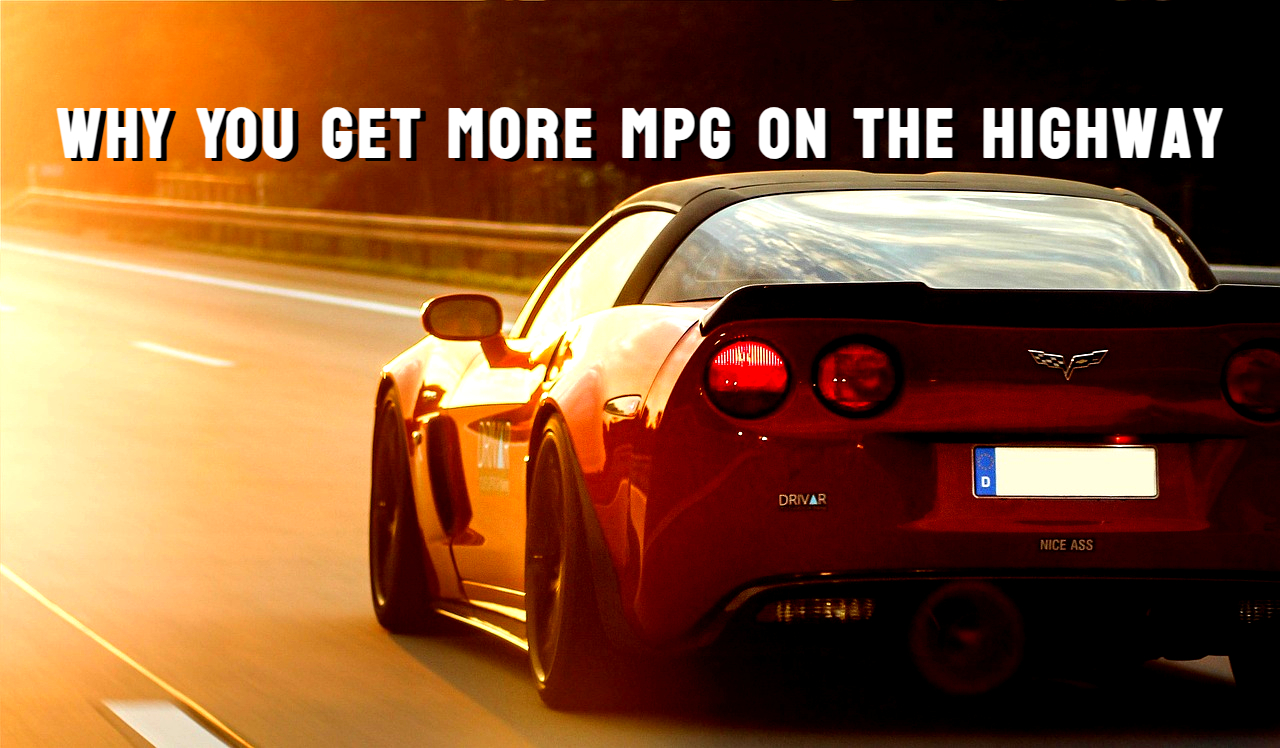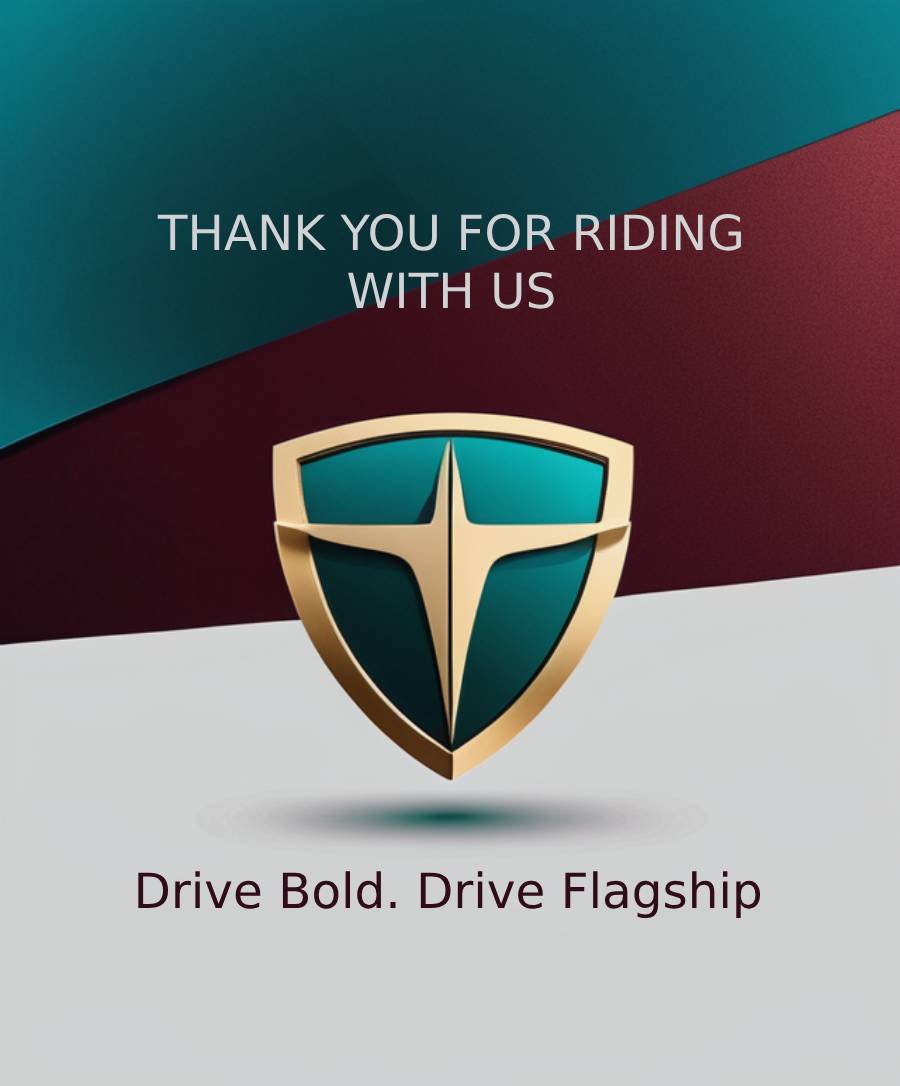Your cart is currently empty!

Why Highway Driving Boosts Your MPG: The Science Explained
If you’ve ever checked your car’s fuel economy ratings, you’ve likely noticed that the highway mpg is almost always higher than the city mpg, even in the most fuel-efficient cars on the market. But why does this occur? What is it about highway driving that makes your vehicle consume less fuel per mile compared to stop-and-go city driving? The answer lies in a combination of factors related to speed, consistency, and engine load.
Gas mileage, measured in miles per gallon, determines how efficiently a vehicle uses fuel. While hybrid and electric cars lead in the fuel economy category, many gas-powered vehicles still exceed 30 mpg under the right conditions. Understanding the underlying reasons for this difference in MPG can help you know how much your vehicle is costing you every time you drive. Let’s break down the key reasons why you get more mpg on the highway and how you can improve it even further.
Reduced Stop-and-Go Driving
Aggressive driving, such as speeding and braking, is one of the biggest fuel-wasting habits. The U.S. Department of Energy reports that stop-and-go traffic can decrease mileage by up to 40%. Every time you press the gas pedal to move from a complete stop, the engine must generate extra power to get the vehicle back up to speed. This sudden demand for power increases fuel consumption compared to cruising at a steady pace. In contrast, highway driving allows the engine to maintain an optimal speed with minimal interruptions, which leads to better gas mileage.
Another factor contributing to reduced fuel efficiency in city driving is the engine’s inability to operate at its optimal temperature. Engines perform most efficiently within a specific temperature range. In heavy traffic, frequent stops, and low-speed driving prevent the engine from reaching and maintaining this ideal operating temperature, resulting in less efficient fuel combustion.
ALSO, READ: What are xDrive, Quattro, and SH-AWD? Comparing AWD Systems
Engine and Transmission Efficiency
Engines and transmissions are designed for optimal efficiency at consistent highway speeds. At cruising speeds, typically between 50 and 70 mph, modern vehicles operate within their most efficient fuel economy range. This is because engines consume less fuel at lower revolutions per minute (RPM), reducing internal friction and workload. On highways, engines maintain these efficient RPMs, unlike in stop-and-go city driving.
Overdrive gears in transmissions allow the engine to turn at lower RPMs relative to the vehicle’s speed. For instance, in a six-speed automatic transmission, the top gears are often overdrive gears, reducing fuel consumption. Modern vehicles, such as the Toyota Camry and Honda Accord, achieve high highway MPG due to advanced transmission tuning that prioritizes efficiency at cruising speeds.
Overdrive is a gear or a set of gears in a transmission that allows the engine to turn at a lower RPM (revolutions per minute) relative to the vehicle’s road speed. For example, in a six-speed automatic transmission, the top one or two gears are usually overdrive gears. This keeps the RPMs down and reduces fuel consumption. Many modern vehicles, like the Toyota Camry or Honda Accord, achieve over 35 mpg on the highway. This is due to advanced transmission tuning, which prioritizes efficiency at cruising speeds. To top that off, Continuously Variable Transmissions (CVTs), found in vehicles like the Nissan Altima and Subaru Forester, further enhance efficiency. CVTs continuously adjust gear ratios to maintain the engine’s most efficient RPM range, resulting in improved fuel economy.
ALSO, READ: What TSI Means in Volkswagen Cars (And How It Works)
Aerodynamics and Rolling Resistance
Wind resistance poses an increasing challenge at higher speeds. A vehicle’s streamlining directly impacts its fuel efficiency, as a more aerodynamic design reduces the energy required to maintain speed. Similarly, rolling resistance, the friction between tires and the road, significantly affects vehicle efficiency.
Aerodynamics focuses on minimizing drag, allowing vehicles to move through air smoothly. This principle is evident in the design of sports cars and fuel-efficient sedans, which often feature sloped hoods, rounded edges, and strategically placed spoilers to optimize airflow. For example, the new Toyota Prius Prime has a drag coefficient of just 0.27, one of the lowest for production cars, which contributes to its 52.2 MPG. Air resistance increases at high speeds, so reducing drag impacts fuel economy.
On the other end, when tires flex and deform as they roll, they create resistance that the engine has to overcome. Low-rolling resistance tires minimize this wasted energy by using specialized rubber compounds and tread patterns. Michelin’s Energy Saver A/S tires, for instance, claim to improve fuel efficiency by up to 8% compared to standard tires.
Cruise Control
Cruise control, a system designed to reduce driver fatigue during long highway drives, also enhances fuel efficiency. By maintaining a steady speed, it eliminates unnecessary acceleration and deceleration. When driving manually, subtle speed fluctuations, often unnoticed, can increase fuel consumption. Cruise control ensures a consistent engine rate, which results in improved MPG.
However, cruise control isn’t always beneficial. In heavy traffic with frequent stops, it’s less effective since you’ll need to brake and reaccelerate frequently. Similarly, on steep inclines, the system may struggle to maintain speed without overworking the engine. This is where adaptive cruise control, found in many modern cars like the Tesla Model 3 and Ford Escape, takes efficiency a step further by automatically adjusting speed based on traffic flow. When used correctly on open highways, cruise control is an easy way to stretch your fuel economy and make long drives more efficient.
Author Details

Our Team
Hi there! Welcome to Flagship Drive.
I’m Wilfred Nkhwazi, a passionate car lover from Africa. I created this platform to share expert insights, honest reviews, and a fresh perspective on the latest cars and automotive trends. Let’s hit the road together.
Advertisement

Recent News

